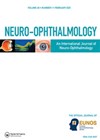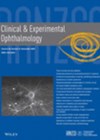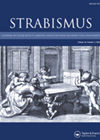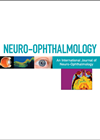A case presentation of morning glory disc anomaly and peripapillary staphyloma
The purpose of this paper is to present a case of an 18-month-old girl initially presenting with strabismus. Fixation of the affected eye was intermittent with a relative afferent pupillary defect. A fundus photography of the affected left eye showed...
Surgical outcomes of isolated medial rectus palsy
Isolated medial rectus is a rare clinical entity. This prospective study of 32 patients from China showed that this was caused most commonly by iatrogenic injury (43.75%), trauma (37.50%) and congenital (18.75%) causes. An average of 60 ±25 prism dioptres...
Inferior oblique adherence syndrome
A case is reported of a 14-year-old with inferior oblique muscle adherence and fat adherence following unilateral inferior oblique (IO) anteriorisation. Following surgery, the patient developed consecutive esotropia, ptosis and marked limitation of laevoelevation. Forced duction test was positive for...
A case series of acquired esotropia in cerebellar disease
Acquired esotropia in cerebellar disease is well described but under-recognised. The pathogenesis of cerebellar esotropia is controversial. It is suggested it may be a result of disruption to central vestibular pathways. This article reports a case series of seven adults...









